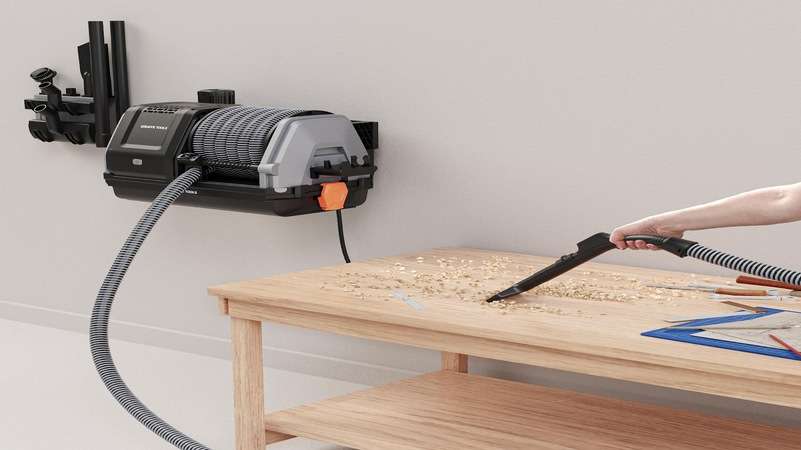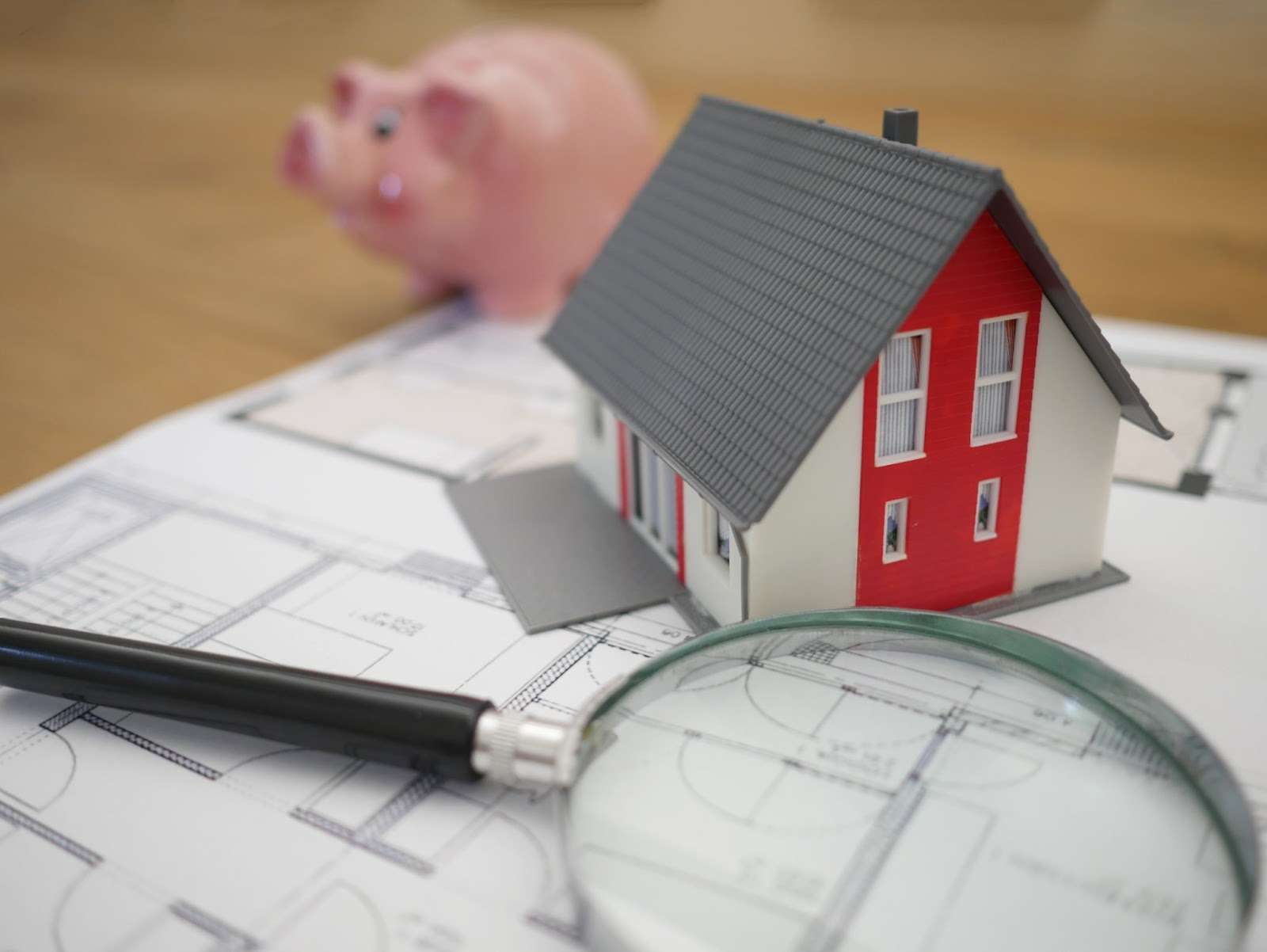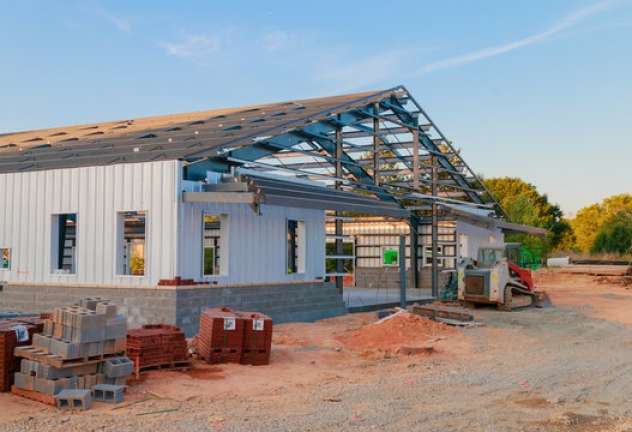Constructing a custom home instead of buying a pre-built house gives you the power to build your ideal abode in your preferred location. Yet, there are some downsides to new construction.
Price and environmental impact are two major concerns to consider when building a house.
Using high-quality, conventional building materials costs a lot. Modern construction methods use a great deal of electricity and can release harmful emissions. Despite these issues, you can’t opt for low-quality materials or cut corners with construction or you’ll face disaster not far down the line.
Alternative home building materials enable you to save money and do right by the planet without compromising quality.
Producing less common home building materials often has a lower impact on the planet than producing traditional materials does. Some alternative materials come with unique construction methods that have minimal carbon footprints. Using these materials is a clear solution to the major hurdles home builders face.
Still, few people know the available options or how to use them. If you’re in that camp, you won’t be in the dark for long. Take a look at this list of a few top alternative home building materials.
1. Rammed Earth as a Home Building Material
If you look at ancient construction onsite or in pictures, you’ll note how sturdy and concrete-like the structures’ walls are. Modern concrete wasn’t in the plans thousands of years ago, and ancient builders didn’t use rebar. Some homes from long ago didn’t even involve wood!
With those facts in mind, it seems like a miracle that the walls last for millennia. A material known as rammed earth is the secret to long-lived structures as famous as the Great Wall of China. It’s a time-tested, excellent material for modern home construction, too.
Producing and using rammed earth is easy: It’s plain old dirt pressed down with lots of force. It has a feel and structure comparable to concrete.
These days, builders frame rammed earth structures using wood. Some folks add materials like rebar and bamboo to reinforce the walls. Modern builders also tend to improve stability by building rammed earth houses on top of concrete footings.
Gathering soil for a rammed earth structure doesn’t release any emissions unless you use power tools to do so. Even in that case, the simple construction methods release fewer emissions than typical projects do. Rammed earth buildings also stay cool in summer and trap heat during the winter, so you can use less energy for heating and cooling.
Using rammed earth makes your house something unique you can show off to friends and family. You can teach them about the material’s long history and special properties.
2. Bamboo as an Alternative Home Material
Wood homes have been everywhere in the United States since settlers took over and started building permanent structures across the country. Log cabins became an iconic part of the country’s history.
From an environmental standpoint, the unchecked rise of wooden buildings alongside forest clearing for farms was a nightmare. Rapid growth and lots of houses built throughout the 1700s and 1800s deforested the land and started damage that snowballed into a massive issue today.
While we’ve learned a lot of environmental lessons over the years, the lumber industry still has negative effects on the planet. Yet, traditional builders don’t often look to other solutions. Some don’t know they exist at all.
Bamboo is one alternative building material that has a lot in common with wood. When it’s formed into boards, it looks and feels like typical lumber. Unlike wood, it’s very lightweight and resists water damage well.
The bamboo plant also grows at a ridiculous rate: up to several feet per day! That makes the plant a more sustainable alternative to trees, which often takes years to grow to usable size.
Because bamboo is so similar to wood, it’s a popular alternative to hardwood floors. It’s less common as home framing and siding, but a boom in popularity wouldn’t be a shock. Rising eco-consciousness, thriftiness, and openness to creative home materials have the fanbase growing day after day.
3. New and Reclaimed Metal in Houses
Metal is a typical part of almost any construction project, so you may be surprised to see it on this list of alternative materials for home building. While steel beams, metal pipes, wiring, and other features exist in most modern houses, there are also some unique uses of metal in houses.
One recent trend is using metal shipping containers, as they’re often used for a single shipment. Using the containers for a home’s basic structure is cheaper than building from scratch, and makes for a faster timeline. A couple of things to keep in mind are whether the container held anything toxic and that cutting into shipping containers can release dangerous fumes.
If you like the idea of the look and price but don’t want to go with shipping containers, consider sourcing from metal building supply companies. Custom steel homes and prefabricated solutions can look ornate or minimalistic, are easy on your wallet, and don’t take long to build.
Steel buildings aren’t anything new when you consider structures like warehouses, factories, and barns. Metal houses are less common due in large part to steel’s reputation as an industrial material.
Despite that, builders update the interiors so they look and feel like traditional homes unless you ask for something else. You can also paint metal buildings and even add siding for a traditional look.
Other materials include recycled steel bars and reclaimed copper wiring. You can also reuse pipes from demolished buildings. Opting for used parts saves money and cuts your carbon footprint.
Junkyards and reused material stores gather that so-called “junk” up and sell it at low prices. The used parts go behind the walls, so nobody will think of your fresh-built house as anything but brand new.
Pick Up Great Tips About Building, Business, and More
These alternative home building materials will make your next project cost less and be more sustainable. They’re worth knowing whether you’re a builder or a prospective homeowner.
After you’re done exploring information about building homes, check out our site for more unique housing and business tips. Click on another article to put yourself on the road to a successful life.
















